Top 10 Best Practices in Reporting Software
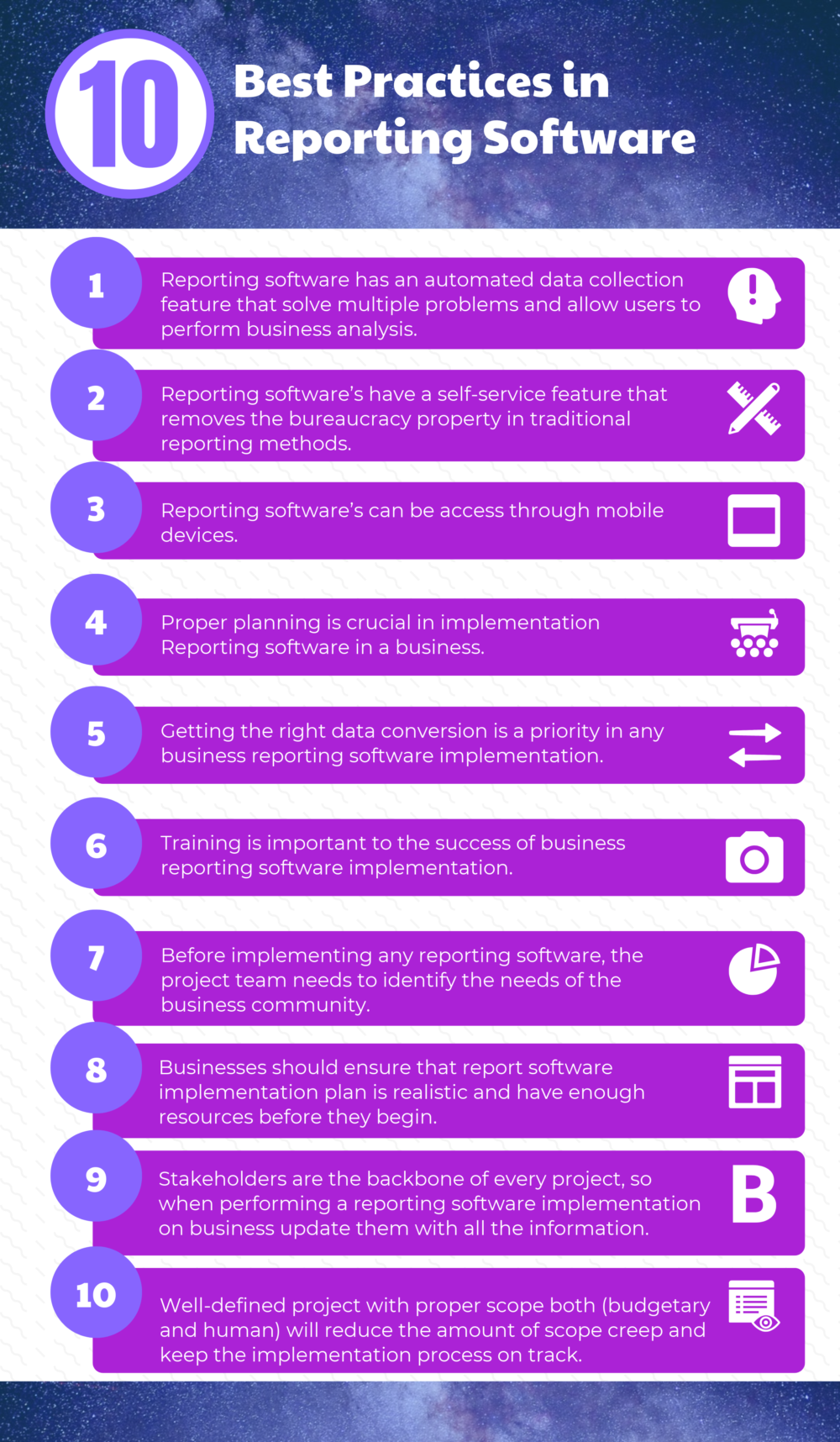
Reporting Software modernizes traditional reporting by using the business intelligence technology to generate reports from different data sources. The Reporting Software extract the data content, in a predefined design and enables sharing the reports with different relevant individuals in the organization. It also enables the availability of key reporting metrics accessed through dashboard controls.
The software provides access to business user through a preliminary authentication when the metrics are available for access or use. Businesses have been taking advantage of these features in reporting software’s because the software provides the right data specific to their department meeting all personnel operations and business environment. On the enterprise level, the reporting software can handle larger chunks of data collected by the company data collection teams.
Reporting Software is an application of Business Intelligence software, which generates reports based on user input from connected data sources. As the data is extracted and displayed in a predefined format, Reporting Software help the business user to analyze and predict a variety of possibilities that usually occur in the interaction of the business with people, market, and other businesses. This helps the business users to take decisions which can make future developments that will enable the company reaches its success.
You may like to read: Top Best Practices in Dashboard Software
What are Reporting Software?
Reporting software refers to computer programs that are used to generate, store, analyze and present data in the form of reports. These reports can be used to track various aspects of a business, such as sales, expenses, customer behavior, and operations. Reporting software can extract data from various sources, including databases, spreadsheets, and online sources, and present it in an organized and easy-to-understand format, such as charts, graphs, and tables.
Reporting software is a category of software applications that help businesses generate, store, analyze and present data in the form of reports. The goal of reporting software is to provide organizations with the information they need to make informed decisions, monitor performance and identify trends.
Reporting software can extract data from a variety of sources, including databases, spreadsheets, and cloud-based applications. The software then processes the data and presents it in an organized and easily-understood format, such as charts, graphs, and tables.
There are many different types of reporting software, including dashboards, business intelligence (BI) platforms, and specialized reporting tools. Dashboards are designed to provide an at-a-glance view of key performance indicators (KPIs) and other critical business metrics. BI platforms are more comprehensive and often include advanced analytics and data visualization capabilities. Specialized reporting tools are designed for specific industries or applications, such as financial reporting or project management.
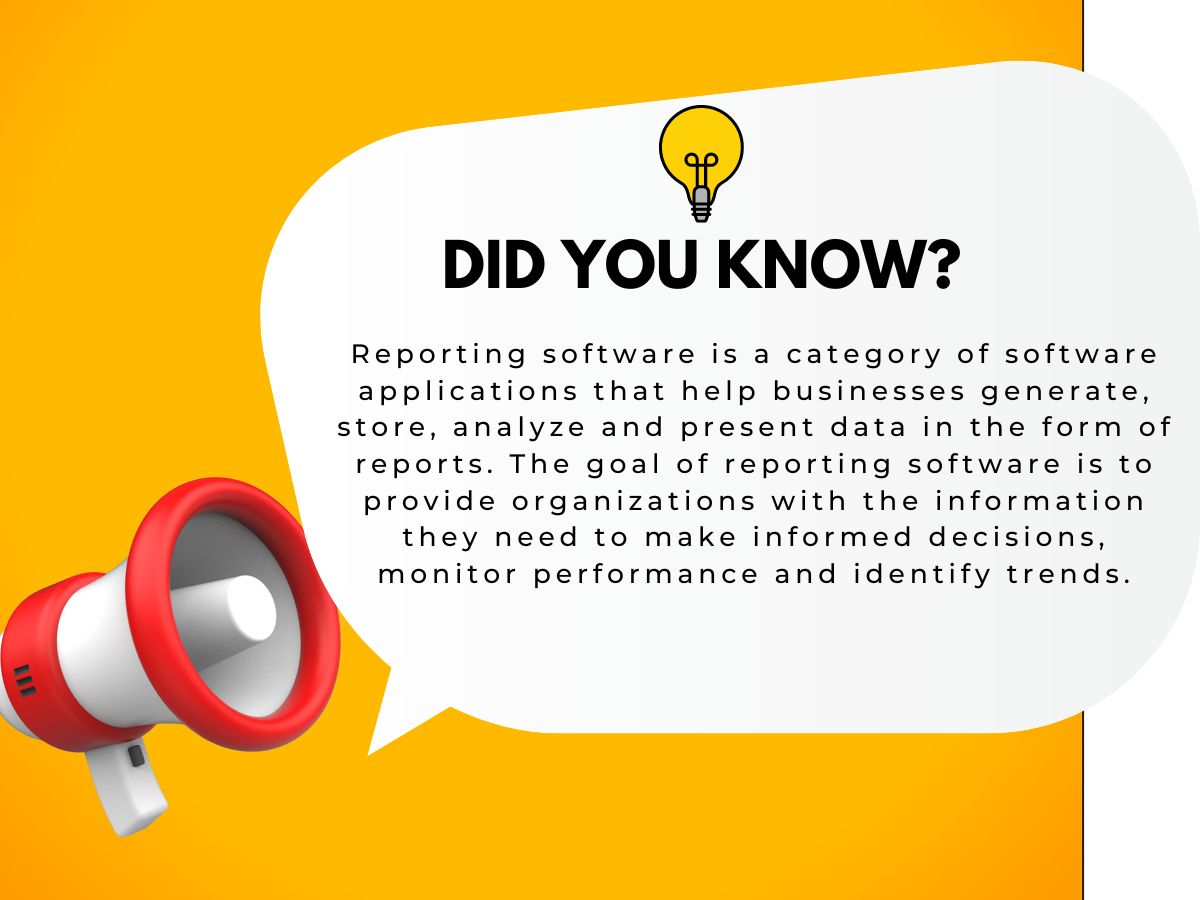
Reporting Software
One of the main benefits of reporting software is that it can help organizations make better decisions. By providing accurate and up-to-date information, reporting software enables managers and decision-makers to see patterns, identify trends and make informed choices based on data-driven insights.
Another benefit of reporting software is that it helps organizations save time and resources. By automating the process of data collection, processing and analysis, reporting software eliminates the need for manual data entry and analysis. This not only saves time but also reduces the risk of human error and inconsistencies in the data.
Additionally, reporting software can also help organizations comply with various regulations and standards, such as financial reporting requirements and data privacy laws. By providing a secure and auditable record of data and reports, reporting software helps organizations meet these requirements and maintain regulatory compliance.
Another advantage of reporting software is its flexibility and customization options. Many reporting software applications allow users to create custom reports, dashboards, and charts to meet specific needs and requirements. This customization can include the ability to choose which data sources to include, the format of the report, and even the colors and style of the visualizations.
However, one potential challenge with reporting software is the complexity of the systems. In some cases, reporting software may require a certain level of technical expertise to use effectively, and may require specialized training and support. Additionally, reporting software can be expensive, especially for more complex and feature-rich solutions.
Reporting software is an essential tool for organizations looking to make better decisions, save time and resources, and maintain regulatory compliance. With a wide range of reporting software solutions available, organizations can choose the solution that best fits their specific needs and requirements. By providing accurate and up-to-date information, reporting software enables organizations to make informed decisions, monitor performance and drive business success.
An excellent example of the feature in use is when the sales reporting can generate a previous sales trend, outlining how the sales have been in the earlier years. It can display the data in a unique sales dashboard that has categories such as sales area coverage, win rates, and member or team sales cycle. The dashboard enables sale personnel to log in and access sales data saving them time taken on researching on merchandise sales.
You may like to read: Business Intelligence Tools and the Types of Business Intelligence Software
With the data generated sales managers can analyze and determine their sales volumes demand for future and know the duration where there will be a considerable amount of sales, to increase the production or low sales where they will reduce their production. The feature is also useful as it enables executives to plan on the business operations during their low seasons to avoid losses. The Reporting software is not limited to only displaying historical data as it can also help in the identification of functional variables relationships. The software can identify both indirect and direct relationships between two data categories.
You may like to read: What is Reporting Software?, and Free, Open Source and Top Reporting Software
Top 10 Best Practices in Reporting Software
Reporting Software’s are easy to understand and use, but for as much as it is easy the users have be trained to work on it.
You may like to read: Top Benefits of Business Intelligence Software
Reports are generally provided in predefined format for the business users with respect to their usage type, and a basic training to the business users will be key in avoidance of erroneous results. The data provided by reporting software have an appealing and orderly structure, and the contents of the data which are generated from data sources should be accurate for the reporting software to deliver presentable reports. So with the training, individuals who work on the reports would know what to leave and include so as to minimize the errors thus provision of accurate analysis.
Reporting Software provides smooth updating of data and data management by different users so as to provide viable reports. It help to analyze the data and issue an alert or notification to the original user of changes made.
Reporting Software Best Practices 1 - Data Collection Automation
Reporting software has an automated data collection feature that enables the software to solve multiple problems and allow users to perform business analysis. The software analysis is based on the consistency of the data across reports and traceable history of audits. The automation process has enabled the reporting software reduce the time taken to create the reports and as well reduce the number of errors.
Reporting Software Best Practices 2 - Prevent Data Bureaucracy
Reporting software’s have a self-service feature that removes the bureaucracy property in traditional reporting methods which involves a specific chain of executives can access the relevant data. Reporting software has minimal requirements to access data, and the users has to use his/her credentials to be able to log in the system and access the reports.
Reporting Software Best Practices 3 - Mobile Friendly
Reporting software’s can be access through mobile devices. A mobile phone can power the software and enable users to have full capabilities of the features of the software. Remote users can access and update on project status at all times. This feature is crucial to businesses because they can get real-time information on the data collected and make favorable decisions for their businesses.
You may like to read: Key capabilities of Business Intelligence Software
These feature of reporting software will reduce the amount used in resource during implementation because there will be no need to purchase computers for remote works as they can use their mobile devices.
Reporting Software Best Practices 4 - Proper Planning
Proper planning is crucial in implementation Reporting software in a business. The planning should involve all the relevant process and the business requirement for the software to operate smoothly. The important task in report designing is to ensure that all the requirement collected will meet the needs of the users and understanding how the reports are going to be used and by who.
Proper planning at the exact time the report software implementation is important. Business users should outline the time taken to perform the process, the time taken to train the software users and the time taken to integrate the new software from the old reporting strategies.
Reporting Software Best Practices 5 - Data Conversion
Getting the right data conversion is a priority in any business reporting software implementation. When implementing Reporting software, the conversion of old software data to new software is set to begin in the early stages. This is because to avoid negative effect throughout the business reports accurate data needs to be converted. This can only be reached through testing being performed to ensure that accurate data is being entered in the new reporting database.
You may like to read: Free, Cloud and Open Source Business Intelligence Software
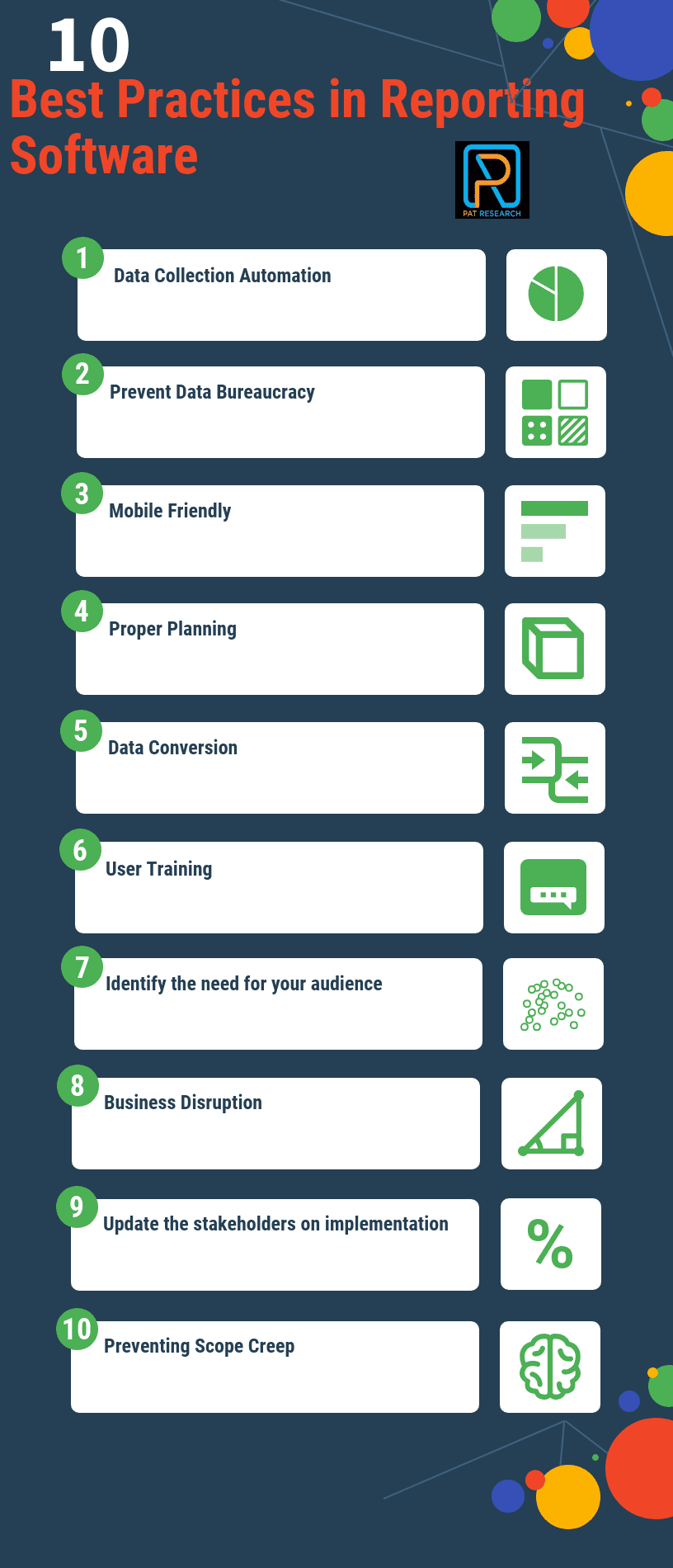
Top 10 Best Practices in Reporting Software
Reporting Software Best Practices 6 - User Training
Training is important to the success of business reporting software implementation. Every user, executives and stakeholders have to be trained fully to understand how the reporting software will be integrated into business operations. What’s the point of getting new capabilities if the users are unable to take full advantage of the reporting software? There will be smooth implementation and users getting the most from the reporting software if they are properly trained.
Reporting Software Best Practices 7 - Identify the need for your audience
Before implementing any reporting software, the project team needs to identify the needs of the business community. What are the requirements for the need of the software, what is the purpose of the software and the importance of your audience/stakeholders?
You might surprise you don’t know the importance of the reporting software if you don’t ask the right series of questions. If migrating to a modern reporting system identify what could be improved to ensure smooth data utilization and watch user interaction.
You may like to read: Open Source, Free and Top Dashboard Software
Reporting Software Best Practices 8 - Business Disruption
Reporting software implementation can disrupt the business and affect the bottom line through a reduction in productivity. Most businesses don’t have enough internal resources to handle complexities of report software implementation on their one, and having low resources handling the implementation on their own might lead to operational disruption. Businesses should ensure that report software implementation plan is realistic and have enough resources before they begin. They should also set contingency plan for the existing reporting process that will be affected by the implementation.
Reporting Software Best Practices 9 - Update the stakeholders on implementation
Stakeholders are the backbone of every project, so when performing a reporting software implementation on business update them with all the information. Stakeholders and sponsors are on the same page throughout the implementation because most of the time implementation failure is due to lack of transparency. As a business, it is important to provide a final and detailed report on regular basis to your stakeholders throughout the implementation of the report software.
You may like to read: What is Reporting Software?, and Free, Open Source and Top Reporting Software
Reporting Software Best Practices 10 - Preventing Scope Creep
Scope creep is when reporting software implementation suddenly takes longer, more resources are used than planned and more work is needed because the changes of the scope get out of hand. If it happens during implementation that implies the reporting software was not well documented, controlled or properly defined. It is easy for scope creep to happen because deliverables aren’t met and task change before you realize it the project is down on drains.
At times things don’t go as planned and timeframe is one of the common challenge in reporting software implementation; however, a well-defined project with proper scope both (budgetary and human) will reduce the amount of scope creep and keep the implementation process on track.
You may like to read: What is Reporting Software?, and Free, Open Source and Top Reporting Software
Here are the trending and the top rated Reporting Software Free for you to consider in your selection process:
Here are the trending and the top rated Reporting Software for you to consider in your selection process:
What are Reporting Software? Reporting Software are applications of business intelligence, which provides insights using data, graphs and charts based on user input from data sources to visualize your KPIs. This application let you easily set-up automated reports for business use. What are the Best Practices in Reporting Software? The Reporting Software Best Practices are automating the data collection, preventing the data bureaucracy in organization, making the reports mobile friendly, having a proper implementation planning, doing an accurate data conversion, conducting user training, identify the need for your audience and many more. 
You may also like to read, Top Business Intelligence companies , Top Open Source and Free Business Intelligence Software , Cloud – SaaS – OnDemand Business Intelligence Solutions , Top Free Extract, Transform, and Load, ETL Software , Freemium Cloud Business Intelligence Solutions , Top Embedded Analytics Business Intelligence Software , Top Dashboard Software , Top Enterprise Performance Management Software ,Top Data Visualization Software,Top Business Intelligence Tools,Top Supply Chain Analytics Software,Top Conjoint Analysis Software,Top Unified Modeling Language (UML) Tools ,Top Mobile Business Intelligence Software ,Top Balanced Scorecard Software , Top Advertising Analytics Software and Top Business Process Management Software .






























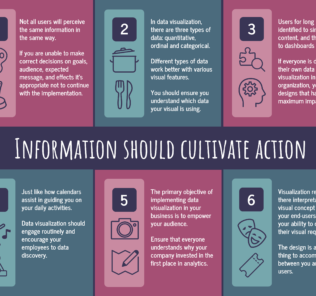
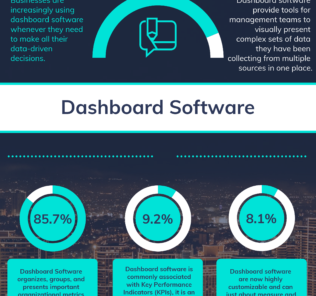
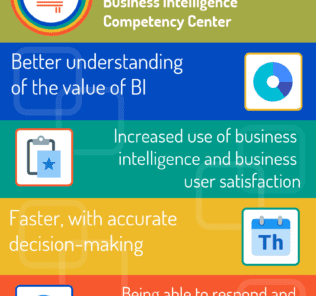
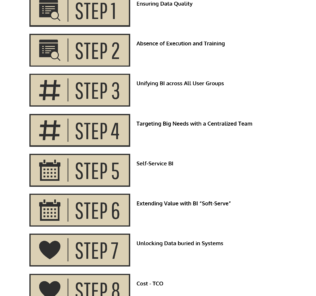
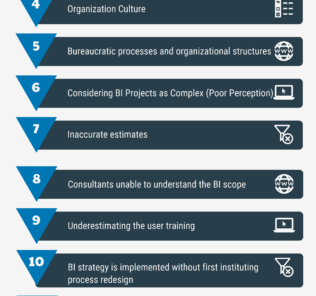
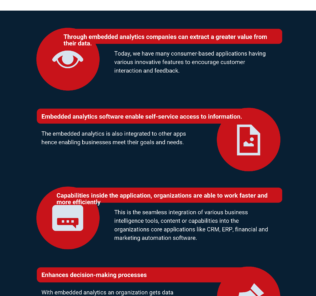




By clicking Sign In with Social Media, you agree to let PAT RESEARCH store, use and/or disclose your Social Media profile and email address in accordance with the PAT RESEARCH Privacy Policy and agree to the Terms of Use.